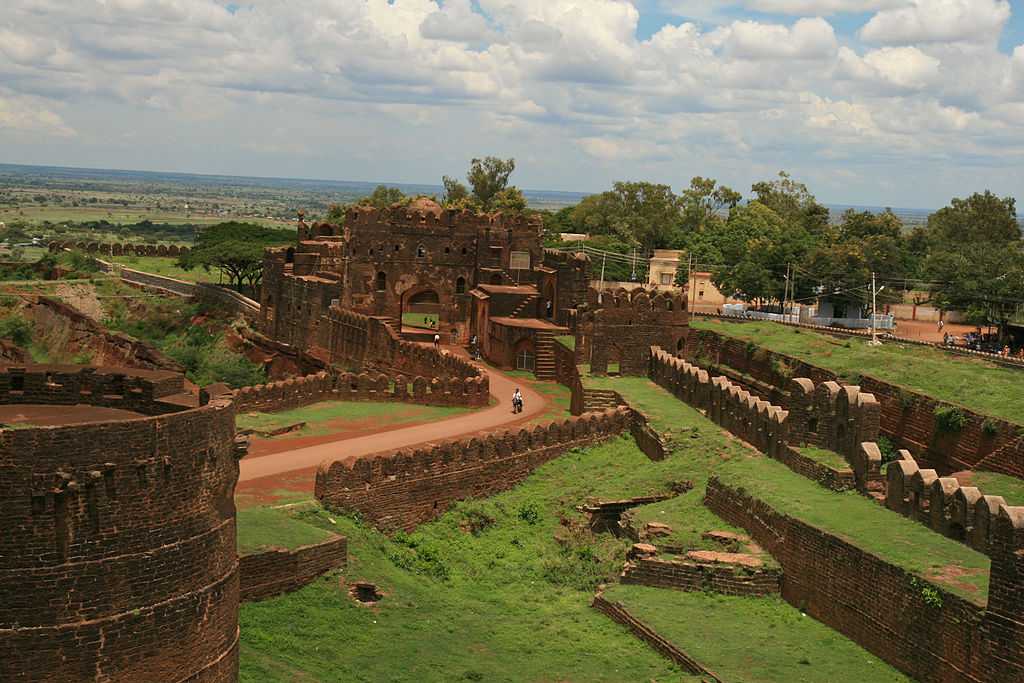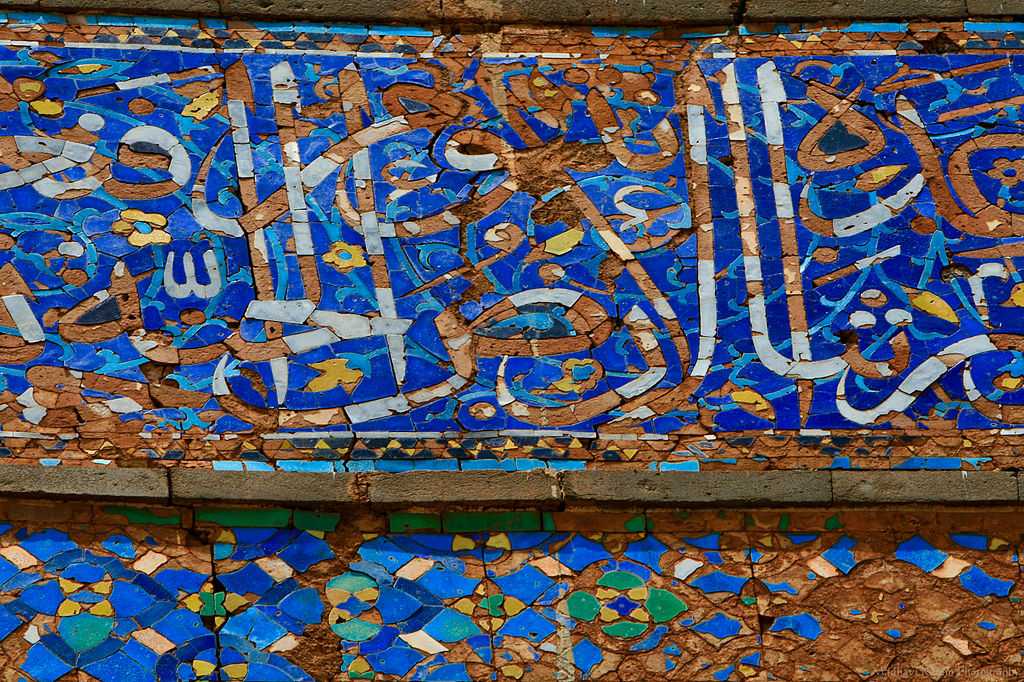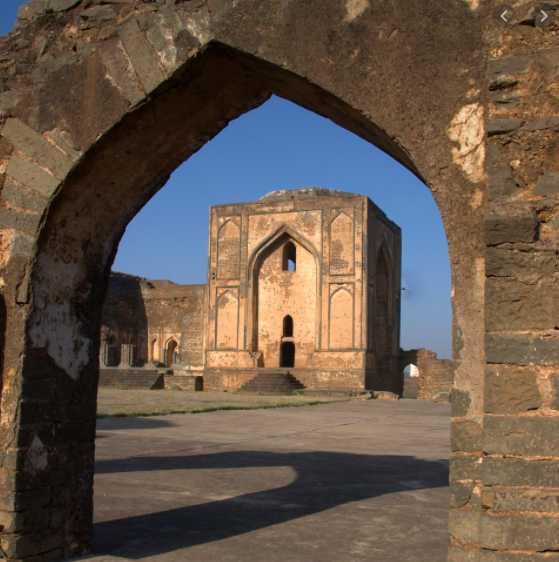Bidar Fort
Label : Top Attraction
Tags : Forts & Palaces
Timings : 9:00 AM - 5:00 PM
Time Required : 2-3 hrs
Entry Fee : No entry fee
Bidar Fort, Bidar Overview
Bidar Fort is an exemplary symbol of the Bahmani Dynasty, built by Sultan Alla-Ud-Din Bahman. Constructed in Persian architectural style, the fort complex houses an old city comprising over 30 structures, including the Rangin Mahal, Gagan Mahal, Takhat Mahal etc.
The old city of Bidar is said to be the home of Vidur, the uncle of the Pandavas in the story of Mahabharat. However, it saw prosperity during the middle ages as the capital and seat of power of the Bahmani dynasty. As per that folklore, the glorious fort has a colourful past and has seen the rise and fall of a good many ruling families of South India - Satvahanas, Chalukyas, Rashtrakutas, Kakatiyas and Yadavas are the more known names among them. Later it fell into the hands of the Sultanates, Mughals, and Nizams; and over the years it has seen renovation, development and enrichment of its constructional beauty.
Read More on Bidar Fort
Bidar Fort History
The fort stayed witness to the fall of Bahmani dynasty, rise and separation of the five Deccan Sultans and was captured first by the Barid Shahi and then the Adil Shahi dynasties, only to be won over by the Mughal emperor Aurangzeb in the siege of Bidar in 1657. It fell back to the Nizam for a while in the 1700s, but later the British colonization waited for it like every other part of India. Post-independence, it falls in the state of Karnataka.
Architecture of Bidar Fort

The Bidar fort also boasts of 37 massive octagonal bastions with metal-welded cannons. The Munda Burj is the largest of them all. The parapets are honeycombed with openings meant for firing. Of the seven big arching gateways of the fort, the Mandu Darwaza is the first one, followed by an intermediary Sharza Darwaza named after the lions carved onto it signifying the empire's strength and finally the looming Gumbad Darwaza with ethnic Persian architecture leading into the main complex. The edifice of the entire Bidar Fort is a reminiscence of the rolling times of Indian history and how it has left an imposing effect on the country's many magnificent structures.
Structures Inside Bidar Fort

2. Solah Khamba Mosque: The next stop is a masterpiece built by Qubil Sultani in 1423-24 AD with a majestic central dome above long arches and 16 pillars of its prayer chamber, from where it gets its name. This place of worship is said to be used by Aurangzeb on his many visits to the Deccan. The visitors are not allowed to the interior parts, but the building stands along the rectangular garden Lal Bagh with as much splendour as the fort itself.
3. The Mahals: South of the Lal Bagh is the Tarkash Mahal built for a Turkish wife of a Bahmani sultan of Bidar who during the 14th-15th century. Built during the same era is the Gagan Mahal known for its security and beauty. It used to be a residential complex for royalties in the inner part and staff on the outer, but some say that women used to witness animal fights from here down in the moat below. The archaeological museum deserves a visit for its collection of artefacts and royal possessions.

Takht Mahal was the throne room ever since the fort was renovated by Ahmad Shah and it witnessed the coronation of many Bahmani and Barid Shahi rulers over the years within its highly embellished and decorated pavilions.
4. Diwan-i-Am and Diwan-i-Khas: While most of us connect these names to the Mughal rulers, this fort also had a high walled magnificent audience hall standing near the mosque. Diwan-i-Am, used as a court for the public had intricate trellis work which gave it the name Jali Mahal.
